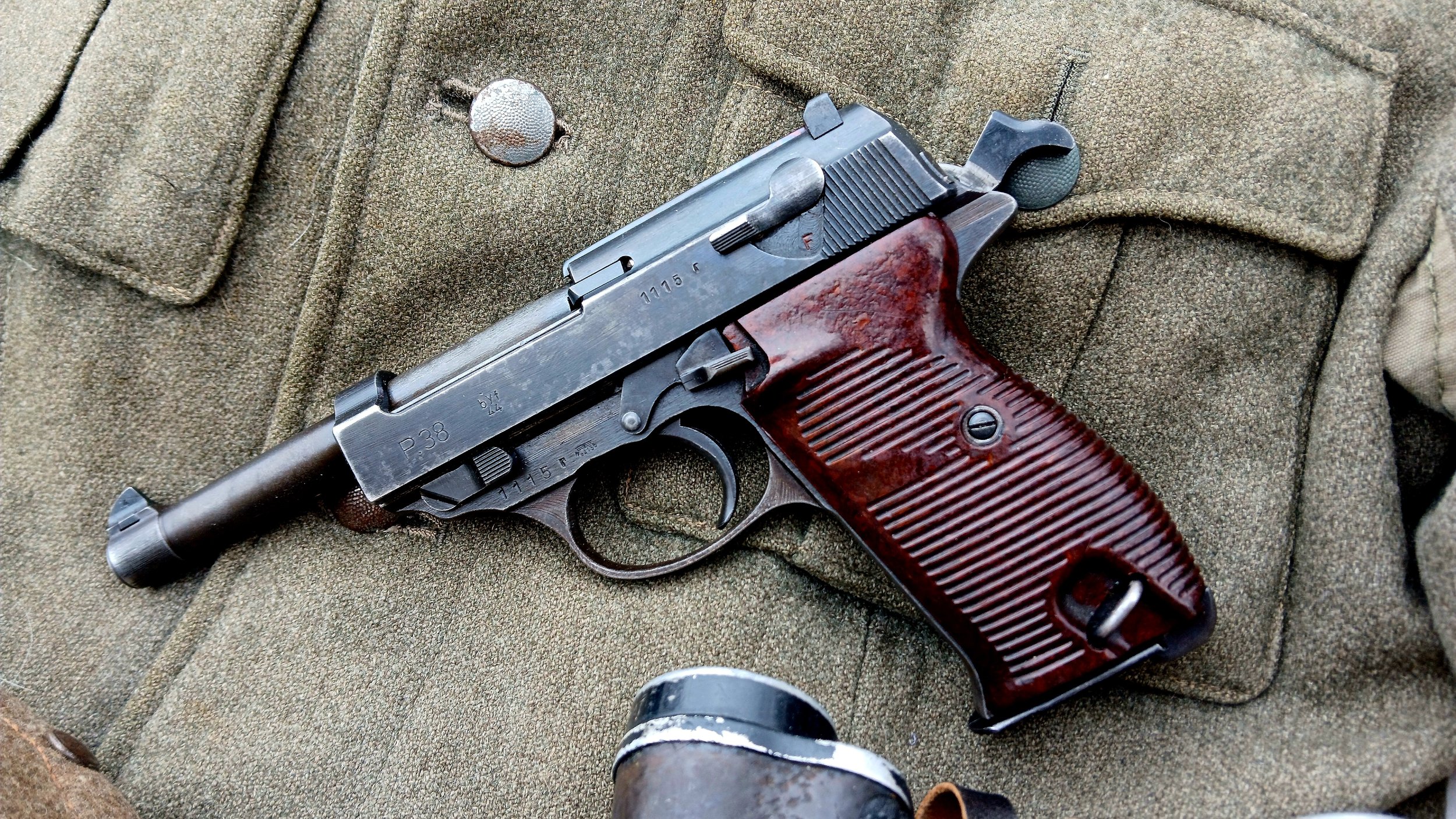
December, 2025
Walter P.38
German Reich
Second World War
Made by Mauser in 1944
9x19mm Parabellum
Categories
Chinese Contract Kar98k
The end of a decades-long partnership between German arms manufacturers and China was a small lot of Kar98k Mauser rifles sent to Chiang Kai-Shek’s armies in the late 1930s.
Carcano M38/91
Despite attempts to replace the 6.5mm cartridge that had been deemed obsolete after the Great War, the improved short rifle pattern of the Carcano rifle would service as the official standard issue of the Regio Esercito in the Second World War.
Lee Enfield SMLE MkIII*
Despite initially looking to replace the entire system after the Boer War, the British Short, Magazine, Lee Enfield really came into its own during the Great War, cementing itself as one of the most iconic weapons of the conflict.
M1903 Springfield
Despite victory in the Spanish-American War of 1898, it was clear that the Krag rifles in American service were inferior to the Mausers used by their enemies. This prompt would lead to the development of a new universal short rifle that would serve in two world wars and beyond.
Vergueiro M1904/39
Faced with a decision between the Mauser and Mannlicher rifles to replace their black powder Kropatscheks, the Portuguese would instead choose a locally designed hybrid rifle for their forces.
Lee Enfield #4 Mk1
As the Second World War loomed, a need to update the venerable Lee Enfield rifle in British service saw the design modernized into the new #4 Rifle, with a series of improvements on the same core principals.
Mauser Model 1889/36
Despite adopting a new Mauser 98 pattern rifle, as the Second World War loomed Belgium also undertook a program to upgrade existing stocks of the older Model 1889 rifles to the same pattern.
Type 99 Arisaka
The Japanese Type 99 rifle was intended to replace the Type 38 as the standard issue weapon to the Imperial Japanese Military during World War Two, but was never able to supplant its older brother.
Included at the end of each posting is a reference to the rarity and average price observed by the author. This is, or course, subjective, and results may vary depending on a variety of factors, including condition, certain markings, etc., while rarity may vary depending on time and location.
Rarity is marked on a scale as follows:
Production (currently produced)
Surplus (Currently available on the surplus market)
Common
Uncommon
Rare
Very Rare










